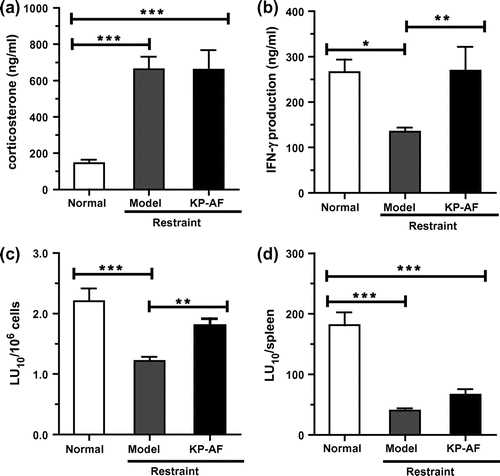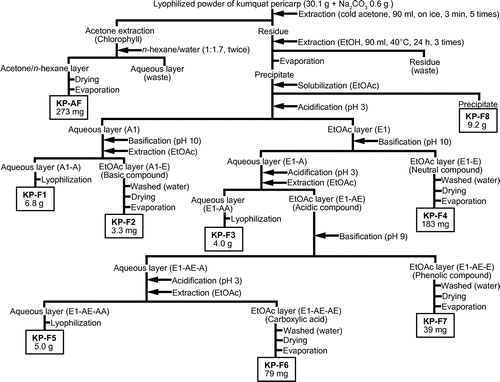Figures & data
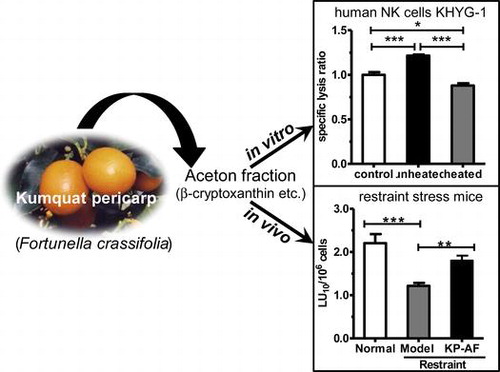
Fig. 2. NK cell activation effects of KP fractions in KHYG-1 cells.
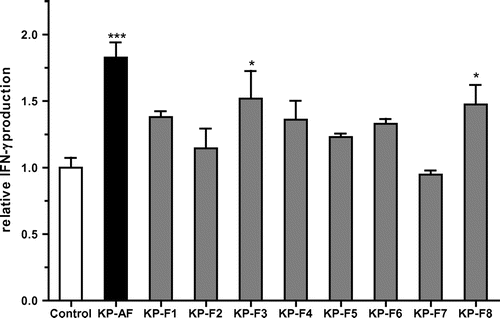
Fig. 3. NK cell activation effects of KP-AF in KHYG-1 cells.
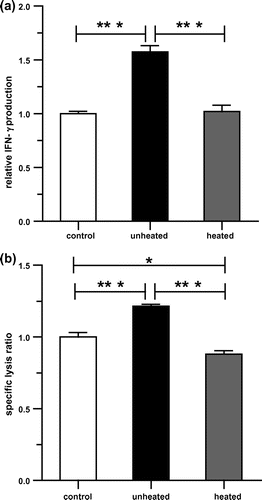
Fig. 4. Effect of IFN-γ production enhancement by carotenoids and other constituents on KHYG-1 cells.
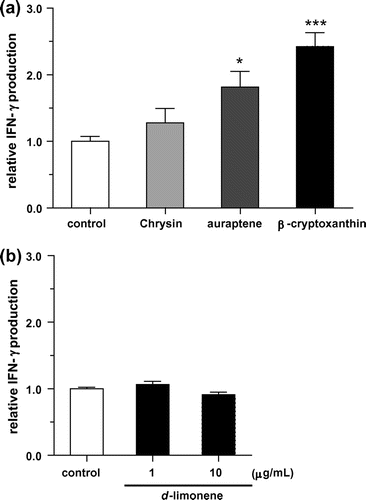
Fig. 5. NK cell activation effects of carotenoids in KHYG-1 cells.
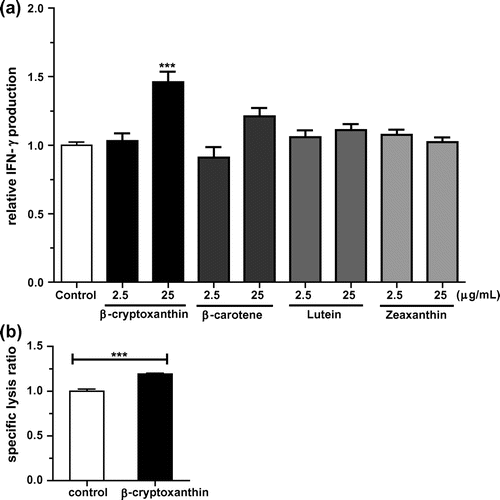
Table 1. Carotenoids contents in unheated and heated KP-AF.
Table 2. Effect of KP-AF on spleen weight, spleen index, and spleen lymphocyte number in restraint-stressed mice.
Fig. 6. Effect of KP-AF on plasma corticosterone levels, IFN-γ level and NK cell cytotoxicity of restraint-stressed mice.
